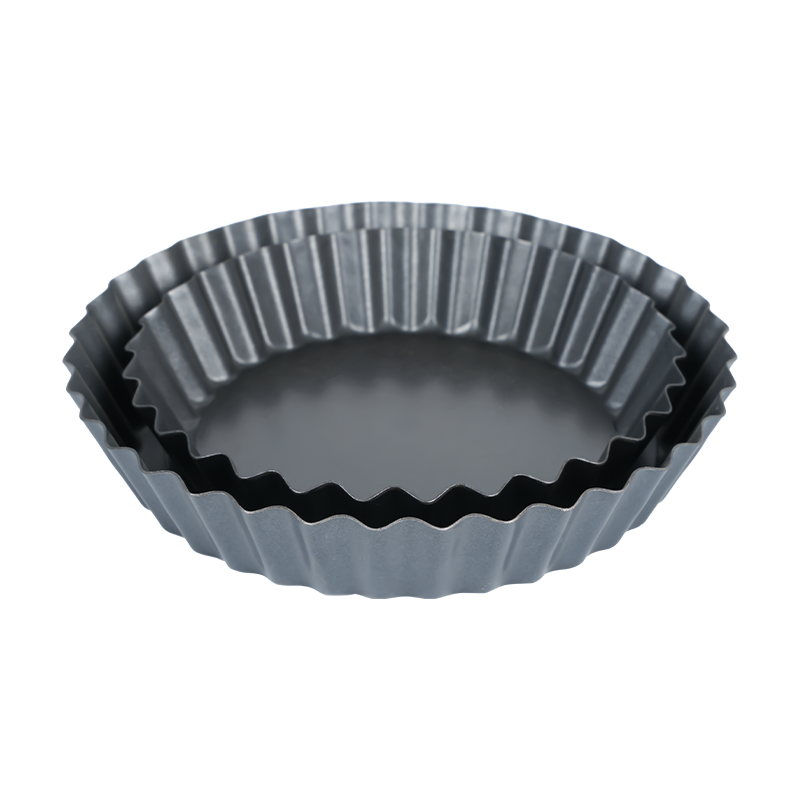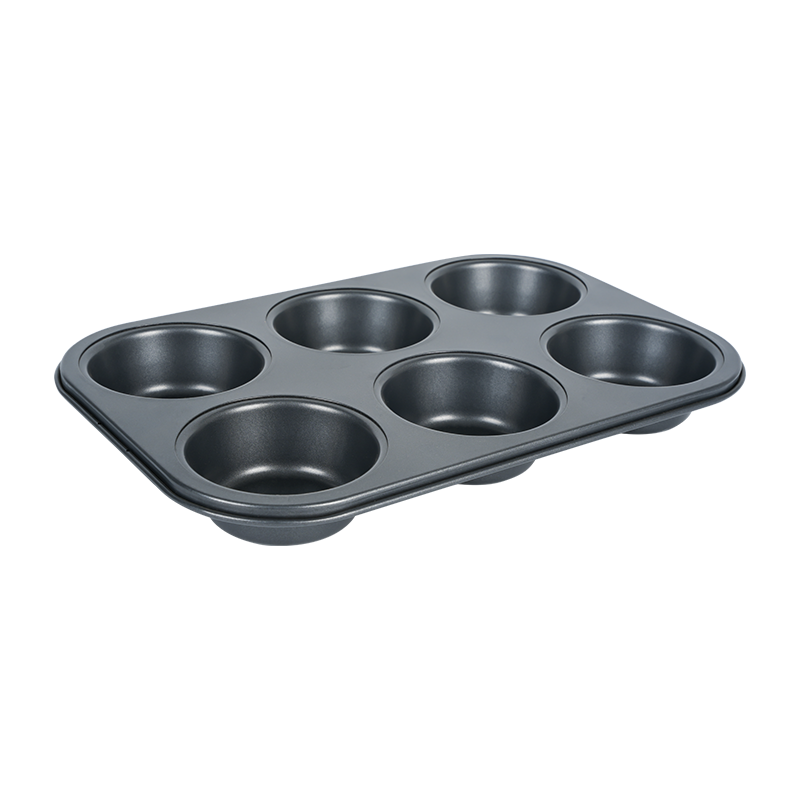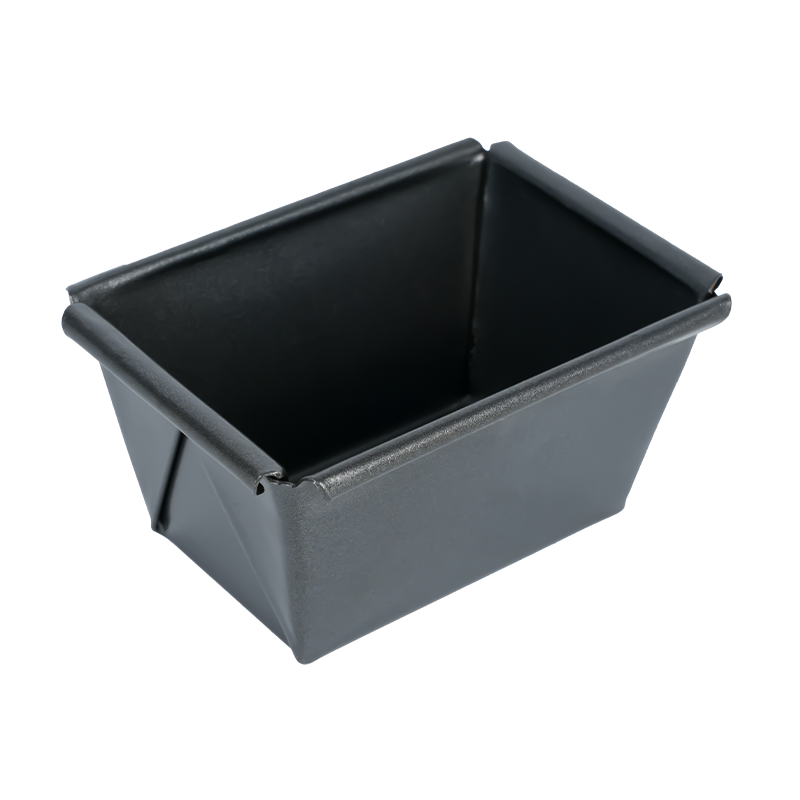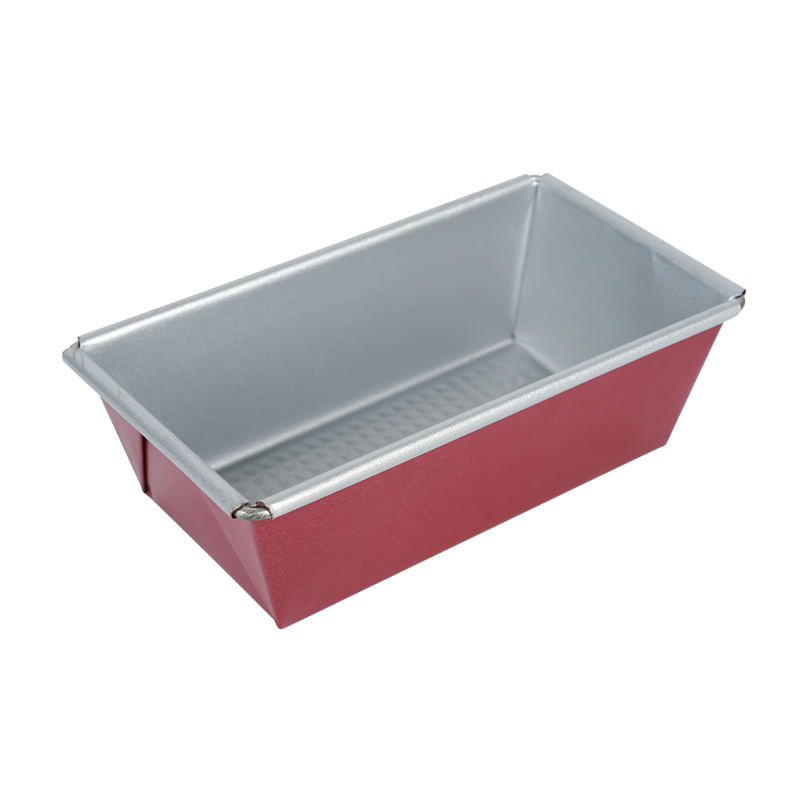The company relies on a high degree of brand awareness, fine product quality, convergence of multiple strong advertising media power, and through the integration of capital, knowledge, talent technology, channels, information operations.
Material Composition as a Key Factor in Colander Longevity
When selecting a Colander Pasta Strainer, one of the important considerations is the material it is made from. The durability and longevity of the strainer directly depend on whether it is constructed from stainless steel, plastic, or silicone. Each material offers unique advantages and drawbacks that affect how well the product holds up over time, especially under regular use in the kitchen, where exposure to boiling water, acidic ingredients, and frequent washing is common.
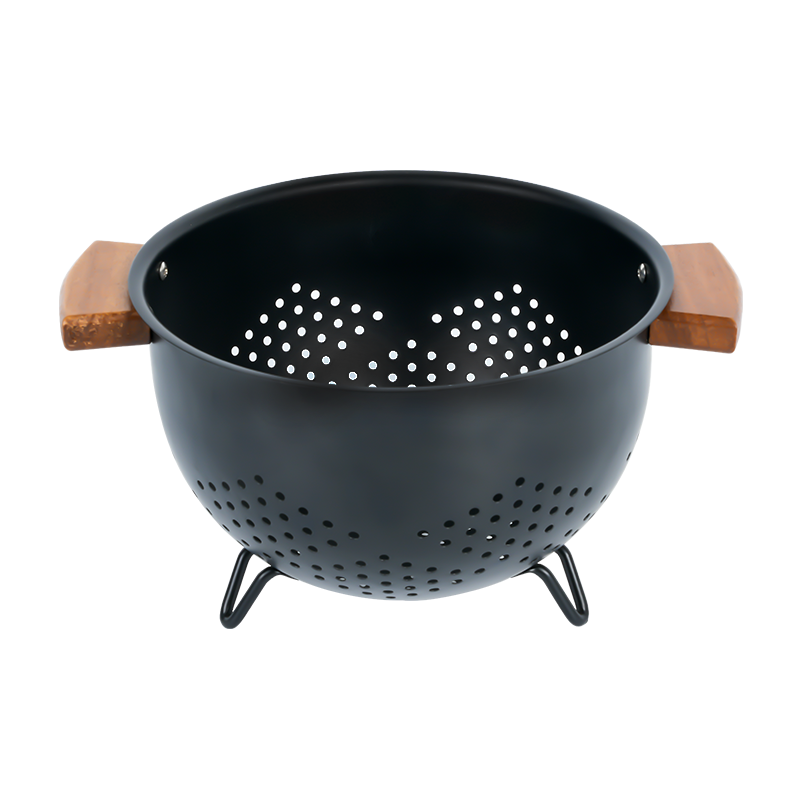
Stainless Steel: A Benchmark for Long-Term Use
Stainless steel is widely regarded as a durable material for a Colander Pasta Strainer. It resists corrosion, can handle high temperatures without warping, and does not easily retain stains or odors. Its rigid structure ensures that the strainer maintains its shape over the years of use, making it a preferred choice in professional kitchens. Stainless steel models are also dishwasher safe and generally less prone to breakage. However, their higher weight and cost may not appeal to all users, and without proper care, some low-grade versions may still show signs of rust after long exposure to water.
Plastic Strainers: Lightweight but Limited in Durability
Plastic is another common material used in Colander Pasta Strainer construction, known for being lightweight, inexpensive, and available in various colors and designs. While plastic strainers are easy to handle and generally safe for non-stick cookware, their lifespan is often shorter compared to stainless steel. Exposure to hot water over time can cause warping, cracking, or even melting if the plastic is not heat-resistant. Some plastics may also absorb odors and discolor after repeated contact with certain foods. Although suitable for occasional or light use, plastic options may need to be replaced more frequently.
Silicone Strainers: Flexible and Heat-Resistant with Moderate Longevity
Silicone offers a modern alternative that combines flexibility with decent durability. High-quality silicone strainers can withstand high temperatures, making them safe for direct use with boiling water. Their soft texture ensures they are gentle on delicate surfaces and easy to fold or collapse for storage. While silicone doesn’t rust or absorb odors easily, it is more prone to tearing or stretching over time, especially with heavy use or when straining dense foods. The longevity of a silicone Colander Pasta Strainer depends largely on the thickness and quality of the silicone used during manufacturing.
Cleaning and Maintenance Impacting Lifespan
Regardless of the material, proper cleaning and maintenance practices can significantly extend the life of any Colander Pasta Strainer. Stainless steel versions benefit from regular drying after washing to prevent mineral deposits or potential rusting at welded joints. Plastic strainers should not be exposed to high temperatures in dishwashers unless marked as heat-resistant. Silicone strainers should be checked regularly for small tears or signs of degradation. By following care instructions tailored to the specific material, users can improve durability and hygiene.
Choosing the Right Material Based on Usage Needs
The material for a Colander Pasta Strainer depends on how often and for what purposes it will be used. For daily use and handling hot liquids, stainless steel provides a long-lasting and heat-tolerant option. For occasional or budget-conscious use, plastic may suffice, though with the expectation of replacing it more frequently. Silicone serves as a middle-ground choice, offering both flexibility and resistance to heat, ideal for small kitchens where space-saving and gentle handling of cookware are priorities.
Conclusion: Material Choice Defines Performance Over Time
In summary, the lifespan and durability of a Colander Pasta Strainer are closely tied to its material composition. Stainless steel offers good longevity and strength, plastic delivers convenience at the cost of shorter life, and silicone balances flexibility with moderate endurance. Understanding these differences helps users make informed choices that match their kitchen habits, ensuring better value and performance over time.

 English
English русский
русский Español
Español